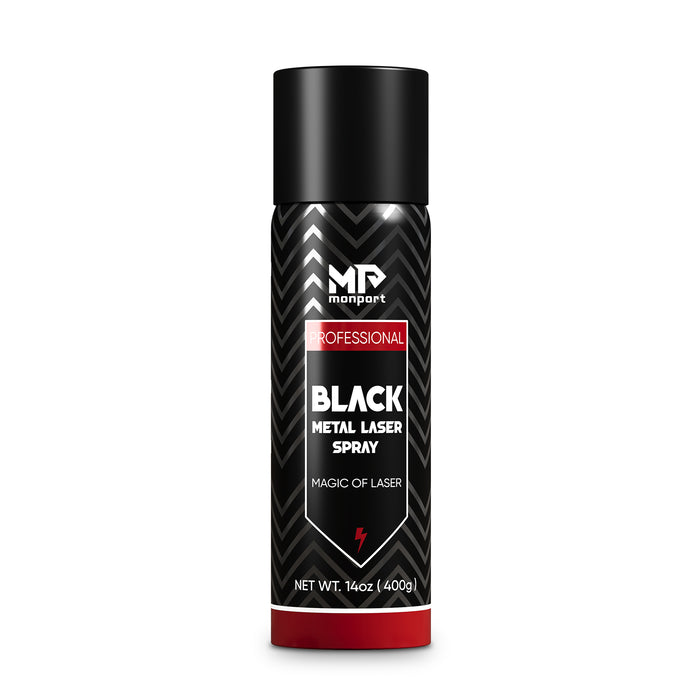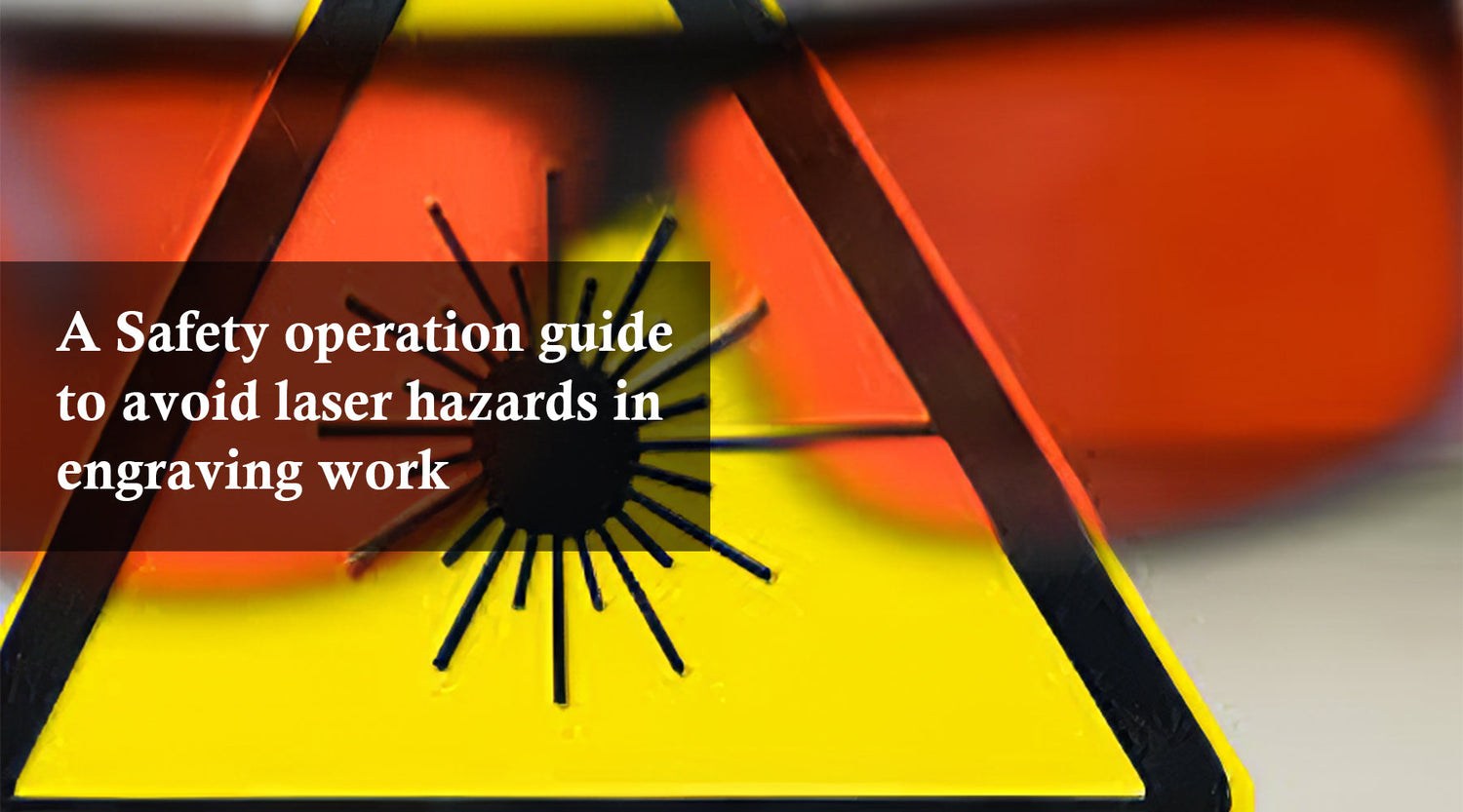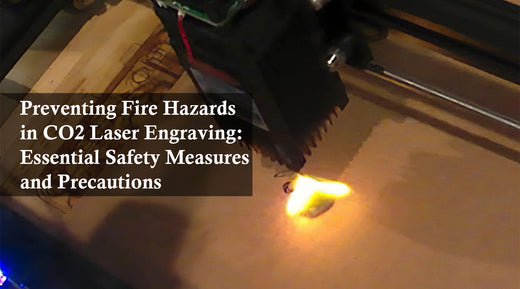With the rapid development and wide application of laser marker technology, a variety of laser marker products can be found everywhere in our living and working environments. Some laser marker products can be used safely, but some can cause damage to our eyes and skin if they are not used properly. In this article we will introduce you to laser marker technology, laser marker safety classification, laser marker hazards and effective protective measures.


What is a Laser?
- Definition of laser: The word "Laser" is the acronym for "Light Amplification by Stimulated Emission of Radiation". All lasers convert input energy into light through the process of stimulated emission of radiation. Hence the name "Laser".
- Characteristics of laser:Laser compared with ordinary light has several important characteristics: monochromatic (single wavelength), coherence, brightness characteristics and directionality.
- Laser:a device capable of emitting laser light. Mainly divided into semiconductor lasers (target bar), solid-state lasers (YAG), gas lasers (CO2).
- Visible spectrum: light is a kind of naked eye can see the electromagnetic wave (visible spectrum). Human eyes can see the visible light is only a small part of the entire electromagnetic spectrum, this visible light corresponds to the wavelength range of 400-700 nanometers (nm), the color from purple to red. The human eye cannot see colors beyond this wavelength range. The wavelengths of visible light, in order from shortest to longest, are: violet, blue, green, yellow, orange, and red. Ultraviolet radiation has a shorter wavelength than violet visible light. Infrared light radiates longer wavelengths than red visible light. White light is a mixture of the various visible spectrum colors. Black is completely devoid of light. Different wavelengths of visible light appear as different colors to the human eye.
![]()
This chart shows the colors of the visible spectrum and the wavelengths (in nanometers) at which they fit. The wavelengths and colors are as follows:
- Ultraviolet: 100nm-400nm
- Visible Light: 400nm-750nm
- Infrared Light: 750nm-1mm
Laser safety classification
The International Electrotechnical Commission standard (IEC 60825-1) categorizes laser marker products into the following seven laser marker safety classes based on the wavelength of the laser marker product and the maximum output laser marker power: 1, 1M, 2, 2M, 3R, 3B, and 4.
See the table below for information, each row corresponds to a different class of laser, detailing the associated warnings and recommended personal protective equipment where applicable.

Hazards of lasers
There are two types of laser hazards: beam hazards and non-beam hazards.
- Beam hazards are direct, accidental exposure to laser beams that can cause eye and skin damage, fire or explosion.
- Non-beam hazards are the inhalation of fumes emitted during the laser generation process, the effects of chemical substances and the occurrence of electrical accidents.
1. Eye damage: laser damage to the vision of the laser products is the biggest potential hazard!
The cornea, lens and retina of the human eye and other tissues are easy to be burned by the laser part. Severe exposure to lasers may cause damage to the cornea or retina, and the extent and location of the damage depends on the wavelength of the laser and the nature of energy absorption in different parts of the human eye. Despite the definition of laser safety levels, the damage to the human body, especially the human eye, varies from wavelength to wavelength, so the same care should be taken even though it is a class 2 or 3 laser. When exposed to green lasers for long periods of time, especially when the power of the laser pointer exceeds 5 milliwatts, it takes only a few seconds to cause functional damage to the vision of the human eye.
Different wavelengths of lasers correspond to different areas of eye damage:
- UV laser 180-400nm (cornea, lens)
- Visible laser 400-700nm (retina, choroid)
- Near-infrared laser 700-1400 (retina, choroid, lens)
- Middle/far infrared wavelength laser >1400nm (cornea)

2. Skin damage
large energy laser irradiation of the skin will cause burns to the skin. The degree of damage to the skin depends on factors such as the wavelength of the laser, the irradiation time and the degree of skin pigmentation. Some specific ultraviolet wavelength lasers can cause skin cancer.
Laser safety and security measures
1. Personnel management
(1) Laser users should undergo relevant training and conduct experiments in strict accordance with operating procedures.
(2) Clearly designate the personnel who have the right to enter or leave the room where the laser is installed, and non-relevant personnel shall not enter.
(3) In the laser debugging and operation process operators shall wear protective glasses and other protective equipment, before laser experiments, remove all reflective items on the body (watches, finger rings, jewelry, jewelry), to avoid accidental refraction of the laser beam causing injury.
(1) Flammable fabrics and plastics, as well as flammable and explosive gases or liquids should not be placed around the laser optical path.
(2) Do not place objects with specular reflection around the laser system, and affix eye-catching warning safety markings in the laser workplace.
(1) Do not look directly at the laser beam.
(2) If the laser system is on, be sure not to look directly into the laser exit hole.
(3) Do not look directly into the laser beam or refracted light during operation, and avoid direct body exposure to the laser beam.
(4) It is prohibited to check for laser malfunctions with your eyes, and the laser must be checked with the power off.
If you take the proper precautions and use your laser equipment safely, you will not be harmed by lasers, and Monport will continue to update all laser users on laser safety. For more information, please visit monportlaser.com.
Experience Precision and Power with Monport Black Laser Marking Spray

Unlock the full potential of your CO2 laser engraver with Monport’s black laser marking spray—your go-to solution for achieving crisp, high-contrast marks on metal surfaces. This 14 oz. aerosol can is engineered for simplicity and performance: just shake, spray, and engrave. The black laser marking spray delivers a deep, permanent mark on metals like aluminum, stainless steel, and brass, making it ideal for customizing jewelry, labeling tools, or decorating glassware. With an anti-clog nozzle and nanoparticle formula, you get an even spray that dries in just five minutes. Designed specifically for CO2 lasers of 25 watts and above, this alcohol-free formula ensures both safety and efficiency. Whether you’re personalizing a gift or producing serial numbers, Monport’s black laser marking spray ensures a flawless finish every time. Easy to apply, resistant to heat, and simple to clean—just rinse and reveal your design. If you're looking to elevate your laser engraving game, there's no better companion than this reliable black laser marking spray from Monport.










